News
EPJ H – Appoints new Editors-in-Chief
- Details
- Published on 01 April 2020

The European Physical Journal H – Historical Perspectives on Contemporary Physics (EPJ H) is pleased to announce the appointment of Professor James Wells and Dr. Michael Eckert as joint Editors-in-Chief as of 1 April 2020.
EPJ D Topical review - Electron collisions with molecules and molecular clusters
- Details
- Published on 25 March 2020
Over the last ten years, advances in the computational investigation of electron collision processes have seen an overhaul of many of the software packages employed by researchers, in parallel with the development of new tools. In particular, the increased interest in biological molecules as targets has stimulated the development of software which makes use of current computational abilities. These developments have enabled scientists to study small targets with increasing levels of detail, larger targets than ever before, and the effect of the environment by means of the investigation of small molecular clusters.
EPJ D Topical review - Electron-scattering on molecular hydrogen: convergent close-coupling approach
- Details
- Published on 24 March 2020
Molecular hydrogen is the simplest neutral molecule, the most abundant molecule in the universe and an important constituent of plasmas with applications in astrophysics, fusion, atmospheric physics, and various industries. Elemental collision processes play an important role in modelling these plasmas, and collisions with electrons have attracted significant interest from both experiment and theory. A number of compilations of cross sections for electron collisions with molecular hydrogen have been produced. In all cases these cross section data sets have been produced from an analysis of experimental data, even though there were significant discrepancies between different experiments for many transitions. Theoretical calculations have been largely excluded from critical evaluations of the data due to large uncertainties. This changed with the application of the convergent close-coupling (CCC) method to electron collisions with molecules.
EPJ D Highlight - Frozen-planet states in exotic helium atoms
- Details
- Published on 18 March 2020
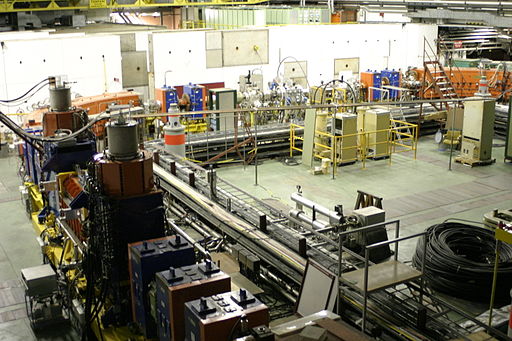
In an elegant study published in EPJ D, physicists from Serbia and Russia have mapped the energy levels and estimated the stability of a ‘frozen planet’ configuration of anti-protonic helium.
Exotic subatomic particles that are like ‘normal’ particles apart from one, opposite, property - such as the positron, which is like an electron but positively rather than negatively charged - are collectively known as antimatter. Direct studies of collisions between particles of matter and those of antimatter using giant facilities such as those at CERN can advance our understanding of the nature of matter. A new study by Tasko Grozdanov from the University of Belgrade in Serbia and Evgeni Solov’ev from the Institute of Nuclear Research near Moscow in Russia has mapped the energy levels of an exotic form of helium produced in this way. This work, which is published in EPJ D, has been described by one commentator as ”... a new jewel in the treasure of scientific achievements in atomic physics theory”.
Victoria Vitkova joins the EPJ Scientific Advisory Committee (SAC)
- Details
- Published on 18 March 2020
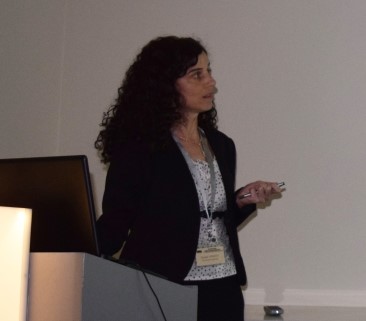
The Scientific Advisory Committee of EPJ is delighted to welcome Professor Victoria Vitkova as the new representative for the Bulgarian Physical Society. She is the head of the Soft Matter Department at the G. Nadjakov Institute of Solid State Physics – Bulgarian Academy of Sciences (ISSP-BAS). Graduated from Sofia University in Quantum Electronics and Laser Physics and in Biophysics and Radiobiology, she defended her PhD in the University of Rennes I, France. Her expertise lies in the field of soft matter physics, rheology of complex fluids and membrane biophysics.
EPJ E Highlight - Distortion isn’t a drag on fluid-straddling particles
- Details
- Published on 16 March 2020
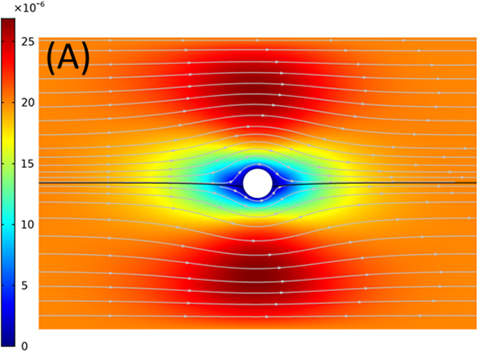
The drag forces experienced by particles which straddle and distort the interfaces between un-mixable fluids are less influenced by the shape of the distortion than previously thought.
Some intriguing physics can be found at the interfaces between fluids, particularly if they are straddled by particles like proteins or dust grains. When placed between un-mixable fluids such as oil and water, a variety of processes, including inter-molecular interactions, will cause the particles to move around. These motions are characterised by the drag force experienced by the particles, which is itself thought to depend on the extent to which they distort fluid interfaces. So far, however, experiments investigating the intriguing effect haven’t yet fully confirmed the influence of this distortion. In new research published in EPJ E, a team led by Jean-Christophe Loudet at the University of Bordeaux, France, showed that the drag force experienced by fluid-straddling particles is less affected by interface distortion than previously believed.
EPJ B Highlight - Separations between earthquakes reveal clear patterns
- Details
- Published on 12 March 2020

A new analysis of real earthquake data shows that the similarity between inter-earthquake times and distances displays a distinct relationship with their separation from an initial earthquake.
When large earthquakes occur, seismologists are well aware that subsequent, smaller tremors are likely to take place afterwards in the surrounding geographical region. So far, however, few studies have explored how the similarity between these inter-earthquake times and distances is related to their separation from initial events. In a new study published in EPJ B, researchers led by Min Lin at the Ocean University of China in Qingdao show for the first time that the two values become increasingly correlated the closer they are in time and space to previous, larger earthquakes.
EPJ D Highlight - A better starting point for exploring entanglement
- Details
- Published on 25 February 2020
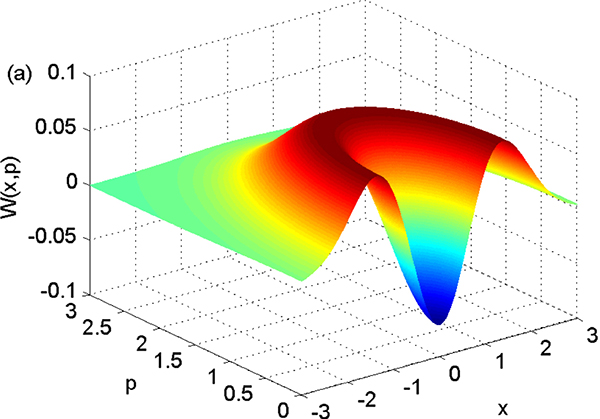
Updated mathematical techniques which can distinguish between two types of ‘non-Gaussian curve’ could make it easier for researchers to study the nature of quantum entanglement.
Quantum entanglement is perhaps one of the most intriguing phenomena known to physics. It describes how the fates of multiple particles can become entwined, even when separated by vast distances. Importantly, the probability distributions needed to define the quantum states of these particles deviate from the bell-shaped, or ‘Gaussian’ curves which underly many natural processes. Non-Gaussian curves don’t apply to quantum systems alone, however. They can also be composed of mixtures of regular Gaussian curves, producing difficulties for physicists studying quantum entanglement. In new research published in EPJ D, Shao-Hua Xiang and colleagues at Huaihua University in China propose a solution to this problem. They suggest an updated set of equations which allows physicists to easily check whether or not a non-Gaussian state is genuinely quantum.
EPJ B Highlight - Stimulating resonance with two very different forces
- Details
- Published on 25 February 2020

In some specialised oscillators, two driving forces with significantly different frequencies can work together to make the whole system resonate.
Widely studied in many different fields, ‘nonlinear’ systems can display excessively dramatic responses when the forces which cause them to vibrate are changed. Some of these systems are sensitive to changes in the very parameters which define their driving forces, and can be well described using mathematical equations. These ‘parametric’ oscillators have been widely researched in the past, but so far, few studies have investigated how they will respond to multiple driving forces. In new research published in EPJ B, Dhruba Banerjee and colleagues at Jadavpur University in Kolkata explore this case in detail for the first time. They show that some parametric oscillators can be made to resonate when tuned by a high driving frequency to match a separate, far lower frequency.
Miguel A.F. Sanjuán joins the EPJ Scientific Advisory Committee (SAC)
- Details
- Published on 19 February 2020
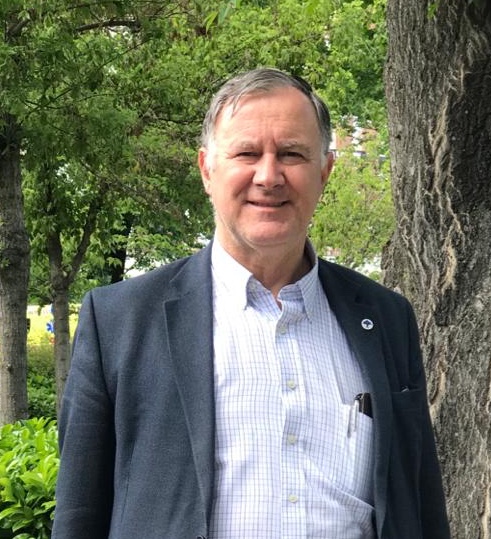
The Scientific Advisory Committee of EPJ is delighted to welcome Professor Miguel A.F. Sanjuán as the new representative for the Spanish Royal Physics Society.
Miguel A.F. Sanjuán is a professor of Physics at the University Rey Juan Carlos (URJC) in Madrid, Spain. He is the director of the Nonlinear Dynamics, Chaos and Complex Systems research group at the URJC. He is a member of the Spanish Royal Academy of Sciences, foreign member of the Lithuanian Academy of Sciences and member of the Academia Europaea.
He is an internationally renowned expert in Nonlinear Dynamics, Chaos and Complex Systems and currently Editor General of the Spanish Royal Physics Society.
His expertise will be highly appreciated for the review of and advice on the publishing strategy of EPJ. His membership of the committee will support the visibility of EPJ in his community.




